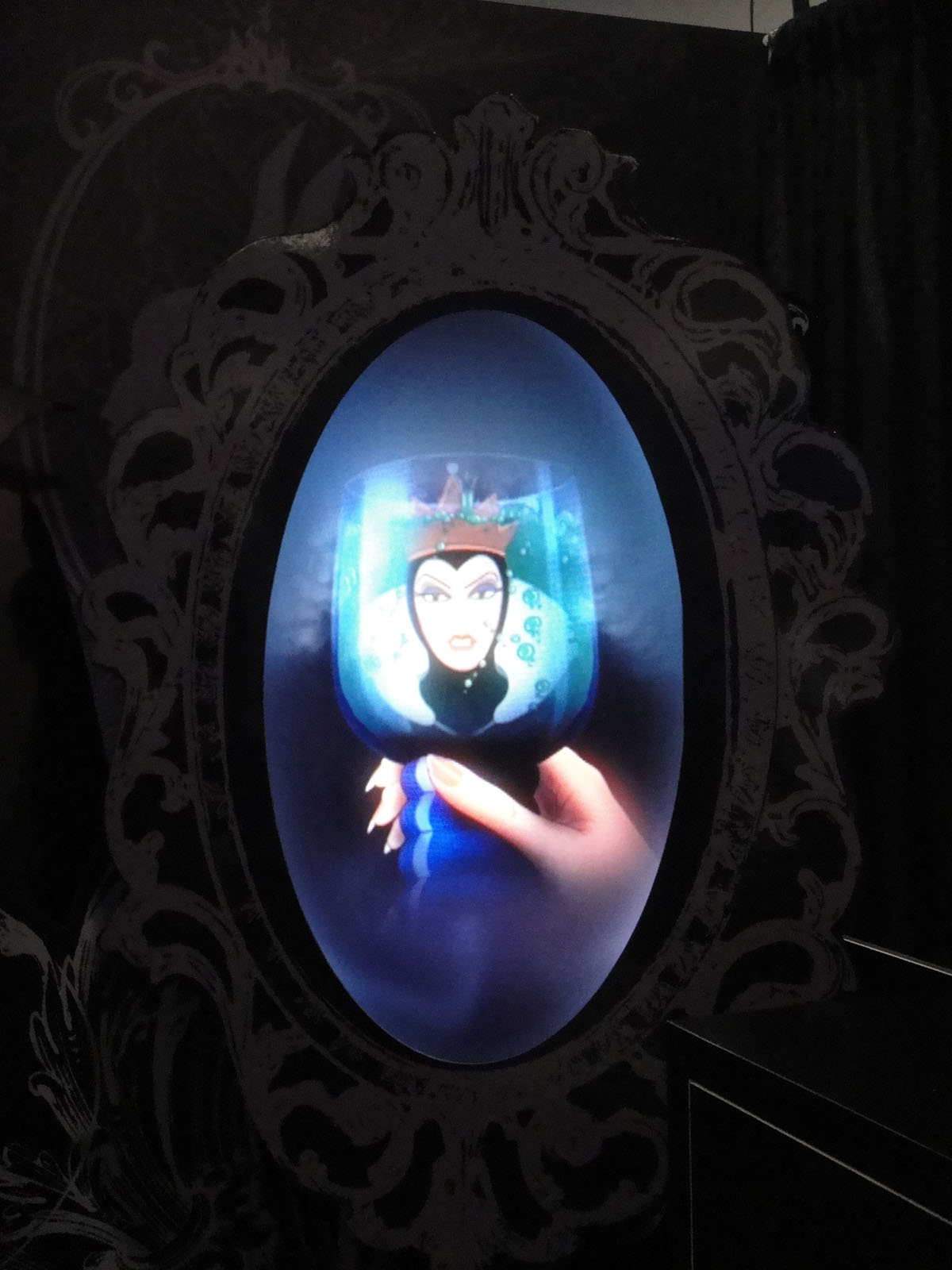By Raven Lirio
Copy Editor
Along the commute to our affiliated colleges amid pubs and charity shops stand towering buildings rich in history and culture.
These massive establishments house thousands of artifacts, art pieces, trinkets and historical objects of all sorts inside.
The city of Oxford offers various museums that are free to the public with suggested donations of only five pounds.
One of the biggest museum collections are in the combined Pitts River Museum and Natural History Museum of Oxford which are just off of Park’s Road on the way to St. Benets Hall.
Connected as one building, the Natural History Museum house various natural animal and plant species, including full skeletons of dinosaurs and live insect tanks, while the Pitts River Museum contains human artifacts from around the world— including the pacific northwest!
It’s easy to spend hours inside exploring discoveries of different animals and human cultures. They also constantly have exhibits and events available, the most recent being “The Bacterial World” which included a huge inflatable E. coli balloon.
Nearby the Radcliffe Camera just before the other two museums is the Museum of the History of Science which contains various instruments from different topics of science throughout the history of Oxford.
Most notably is Einstein’s chalkboard which sits on the wall in the basement.
The chalkboard has Einstein’s equations of the Friedmann-Einstein universe and is preserved just as he left it in 1931. Just underneath the board is the first successfully synthesized stable penicillin which was created in Oxford labs. There are loads of other historical scientific instruments inside as well.
While not a museum, it is also worth checking out the Old Bodleian Library which is just between the Radcliffe Camera and the History of Science Museum.
This library was made famous for the Forbidden Library and Infirmary in the Harry Potter movies, but also most notably for its unique arrangement with English publishers.
The library has the rights to any book published in the UK for free. There are millions of books, including original manuscripts of texts like the first edition copies of The Origin of the Species and the Sherlock Holmes series.
While most libraries are only open for registered readers, the Old Bodleian offers frequent tours of their vicinity.
If libraries suit your interest, the Weston Library which is just across the History of Science and Old Bodleian carries most of the original manuscripts. Readership is very restricted but students are still able to reserve some manuscripts to get the chance to touch history. The Weston offers a variety of exhibits on their lower floor as well as a laptop free coffee shop.
The final museum to note is the Ashmolean Museum.
The huge museum is just a few blocks away from Regent’s Park College and houses spectacular art pieces and artifacts from around the world, including the Alfred Jewel which was commissioned by King Alfred the Great and Guy Fawkes’ lantern which he allegedly carried when he was captured under the House of Parliament in 1605.
Oxford is a city rich in history on the very stones you walk on and it can sometimes be a little overwhelming just trying to keep track of it all.
One of the best ways to really enjoy the city is really to just bask in the streets and take a nice leisurely walk, however, to really get a feel for just how much history Oxford provides, you don’t have to look any further than the various museums the city provides.



















